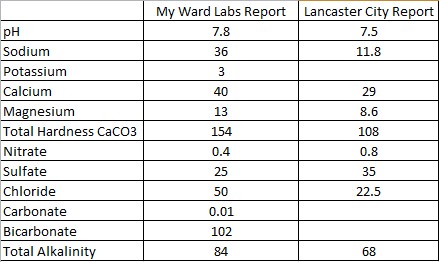So I brewed up my 2nd attempt this past weekend, in my attempt to get a nice big & bold DIPA that I can brew consistently and that I prefer over almost anything I can buy. I backed off the gypsum from 17g to 10g, and the phosphoric acid pre-dosing from my previous batch of 5ml to 2.5ml. pH was low, as in 5.01 low, after dough-in. So not sure what happened there. Got a new pH meter (a good Milwaukee one) and calibrated it and everything. OG was 1.086 and FG was 1.014 (9.5% abv) with 2nd gen Conan yeast. They did a good job and brought it down. Final pH was 4.2.
Granted last night was only 2 weeks since pitching the yeast, but I had it in the keg and roll carbonated it so I tasted it. Has this same characteristic resin'y flavor to it.

Just not real clean, seems to linger on the tongue, and has almost a sourness to it. I'm trying to figure out what the heck this flavor is!! I changed quite a few things this time from the last, but that same flavor is there that I do not prefer (albeit slightly less). Some things I didn't change: 1.) Used Citra hops in both whirlpool & dry hop, 2.) Although less, used phosphoric acid, 3.) Used Conan yeast, 4.) Did a fairly long hop stand at 170°F for 30 min., 5.) Dry hopped for 6 days. I did have much better fermentation temp control this time, in the mid 60s, up to near 70 near end of ferm. I'm dying to know if its the Citra hops (maybe?) that are giving me this resin'y hop flavor overload that I'm just not liking, or maybe because this flavor is less in this batch from the prior, it's the phosphoric acid? Any thoughts?



























![Craft A Brew - Safale S-04 Dry Yeast - Fermentis - English Ale Dry Yeast - For English and American Ales and Hard Apple Ciders - Ingredients for Home Brewing - Beer Making Supplies - [1 Pack]](https://m.media-amazon.com/images/I/41fVGNh6JfL._SL500_.jpg)

































